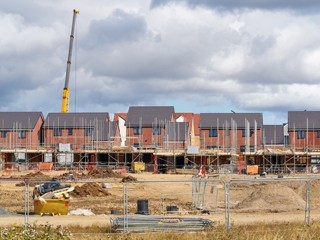Brownfield land development: PiP to come into effect December 2017
28 Mar 2017
Construction
Contaminated Land
Property

From December this year all Local Authorities in England are required to publish and maintain registers of previously developed land that meet certain criteria.
This will grant ‘Permission in Principle’ which will provide surety to developers that a site is suitable for development. On 23 March 2017, the Government published two important Statutory Instruments which have direct impact on developers:
- Town and Country Planning (Permission in Principle) Order 2017 (comes into effect on 15 April 2017)
- Town and Country Planning (Brownfield Land Register) Regulations 2017 (comes into effect on 16 April 2017)
Permission in Principle (PiP) establishes that a particular scale of development on a specified site is acceptable, and its aim is to minimise the upfront and at-risk work of those seeking to develop land. The Regulations require each local planning authority to prepare and then maintain a Brownfield Register of previously developed land by 31 December 2017. The regulations will allow Permission in Principle to be granted (under section 59A of the Town and Country Planning Act 1990) for development of land allocated in Part 2 of a Brownfield Land register consisting of:
- housing development for the provision of a number of dwellings falling within the range specified in the relevant entry in the brownfield land register; and
- where the relevant entry in the brownfield land register specifies non-housing development of the land, non-housing development of a description falling within the description in that entry.
 To be added to the register, the sites must be:
To be added to the register, the sites must be:
- Within their area
- Have an area of at least 0.25 hectares or is capable of supporting at least five dwellings
- Suitable and available for development
- Achievable to develop the land to the appropriate end use
Delta-Simons’ article (July 2015) discussed Permission in Principle when it first muted (read article). Our view at that time was, and still is, that there will still need to be a requirement to assess and mitigate environmental impacts relating to the proposed development, ensuring that end users of the site are protected from potential contamination, to assess flood risk and mitigate, and to review transportation issues [etc]. Developers will still need to assess for the presence of protected species, habitats and invasive weeds in order to mitigate appropriately at some point before they complete site redevelopment.
For more information contact Kelvin Hughes, Technical Director, Delta-Simons.





